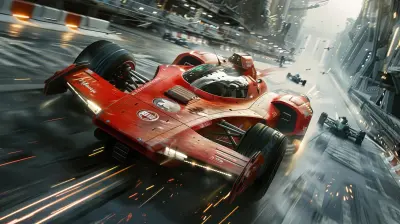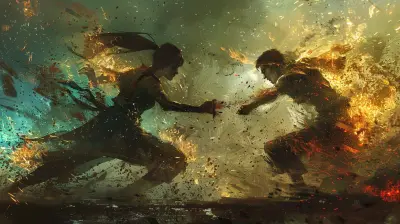Using Technology and Magic to Build Tension in Game Worlds
15 June 2025
Picture this. You're standing at the edge of a war-torn city in a fantasy world where arcane storms ripple across the skyline. A robotic scout buzzes just overhead, scanning for signs of magical disruption. The tension is thick. And right there, under the flickering lights of tech and the whispered murmurs of spells, you're fully immersed. That’s the power of using technology and magic to build tension in game worlds.
Blending the logical precision of tech with the unpredictable force of magic is like mixing oil and water—except when done right, it creates fireworks. This cocktail of elements taps into our love for contrast, uncertainty, and wonder—all essential ingredients for tension. So let's talk about how developers are using this combo to dial up the suspense and make players sit on the edge of their seats.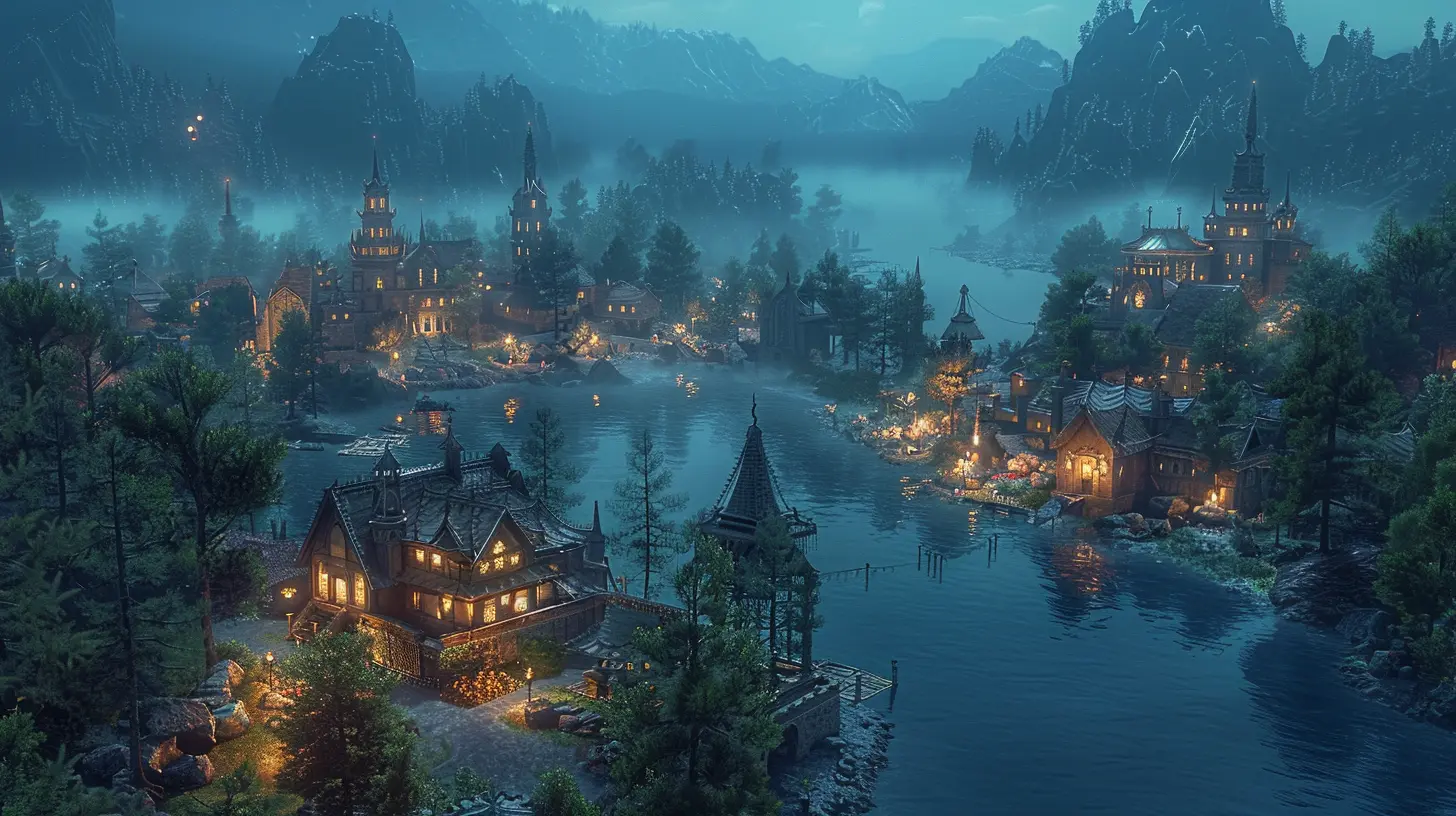
Why Tension Matters in Games
Before we dive into lightning bolts and laser drones, let’s ask a simple question—why does tension matter?Well, ever played a game where everything felt… safe? Predictable? Your mind wanders, your fingers move without thinking, and before you know it, you’re disengaged. Tension is the opposite of that boredom beast. It's the pulse. The heartbeat. Tension keeps players guessing, emotionally invested, and deeply connected to the world they're exploring.
Games aren’t just about winning; they're about feeling something. Whether it’s fear, excitement, mystery, or awe—tension is what churns those emotions and keeps the player locked in.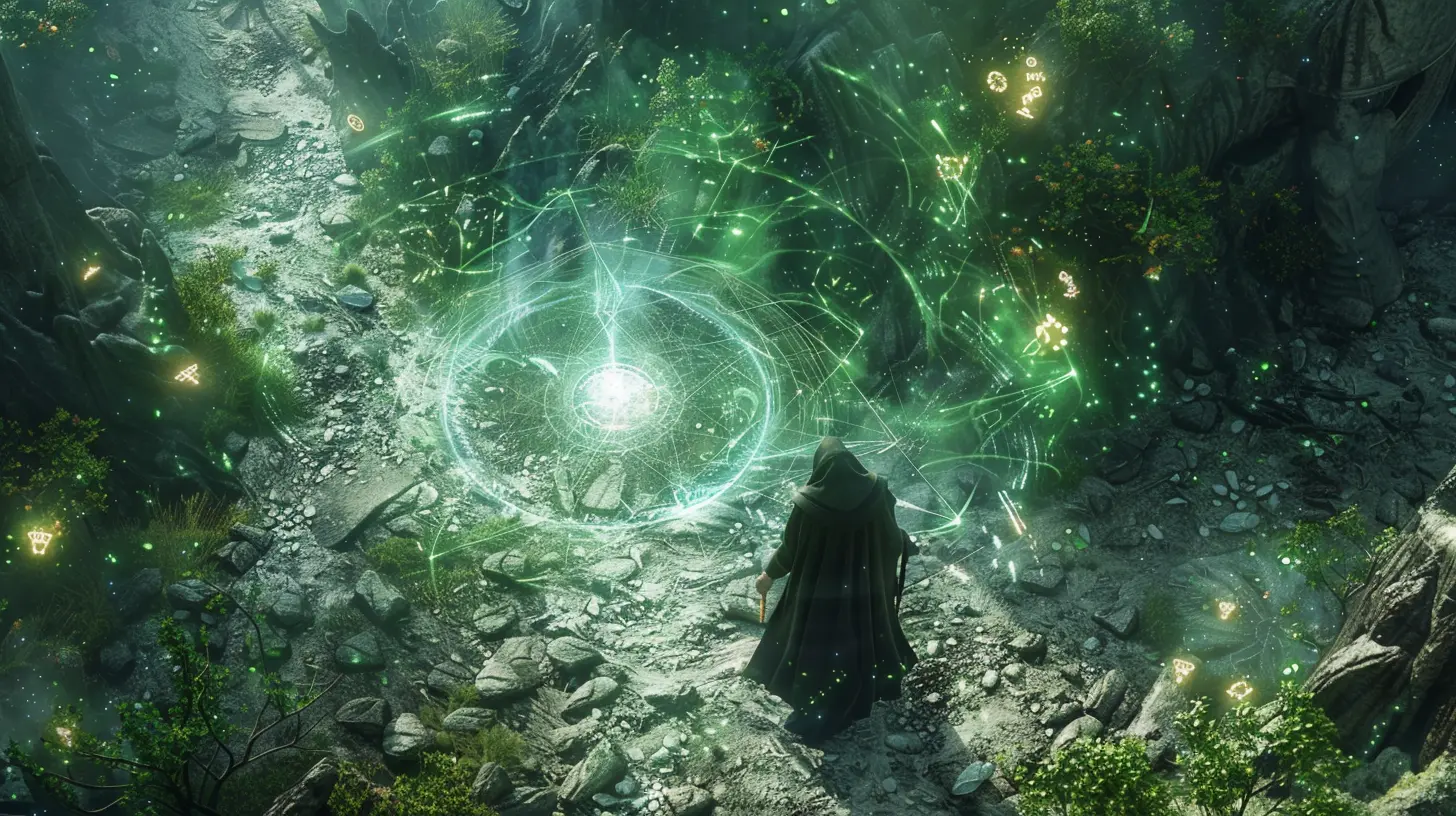
The Magical Side: Arcane Mechanics that Keep Players Guessing
Magic in games is often unpredictable by nature—and that's a good thing. It challenges the norms of logic and breaks reality's rules, which naturally brings an element of surprise.1. Mystery is Key
One of the most tension-packed elements of magic is its mystery. Unlike a laser rifle that does 150 damage per shot, a cursed scroll or a forgotten rune might do… who knows what? Maybe it will teleport you. Maybe it will summon a demon. It’s like rolling the dice in the dark.This tension of the unknown draws players in. Magical systems that are partly obscured or evolve over time (like in games such as Dark Souls or Elden Ring) force players to stay alert and curious.
2. Magic as a Double-Edged Sword
Another great way to use magic to build tension is by making it dangerous. Sure, you can cast a firestorm—but what if too much spellcasting causes magical corruption or attracts cosmic attention?Including consequences with magical abilities forces players to make decisions, weigh the stakes, and feel the pressure.
3. Environmental Magic
It’s not just about the spells players cast—worldbuilding plays a role too. Floating islands, magical fog, cursed forests—these aren't just eye candy. They're storytelling tools that drive atmosphere and build a sense of unease or wonder.Think of The Witcher series. The magic-laden environments ooze tension because you never know what lies beneath the surface.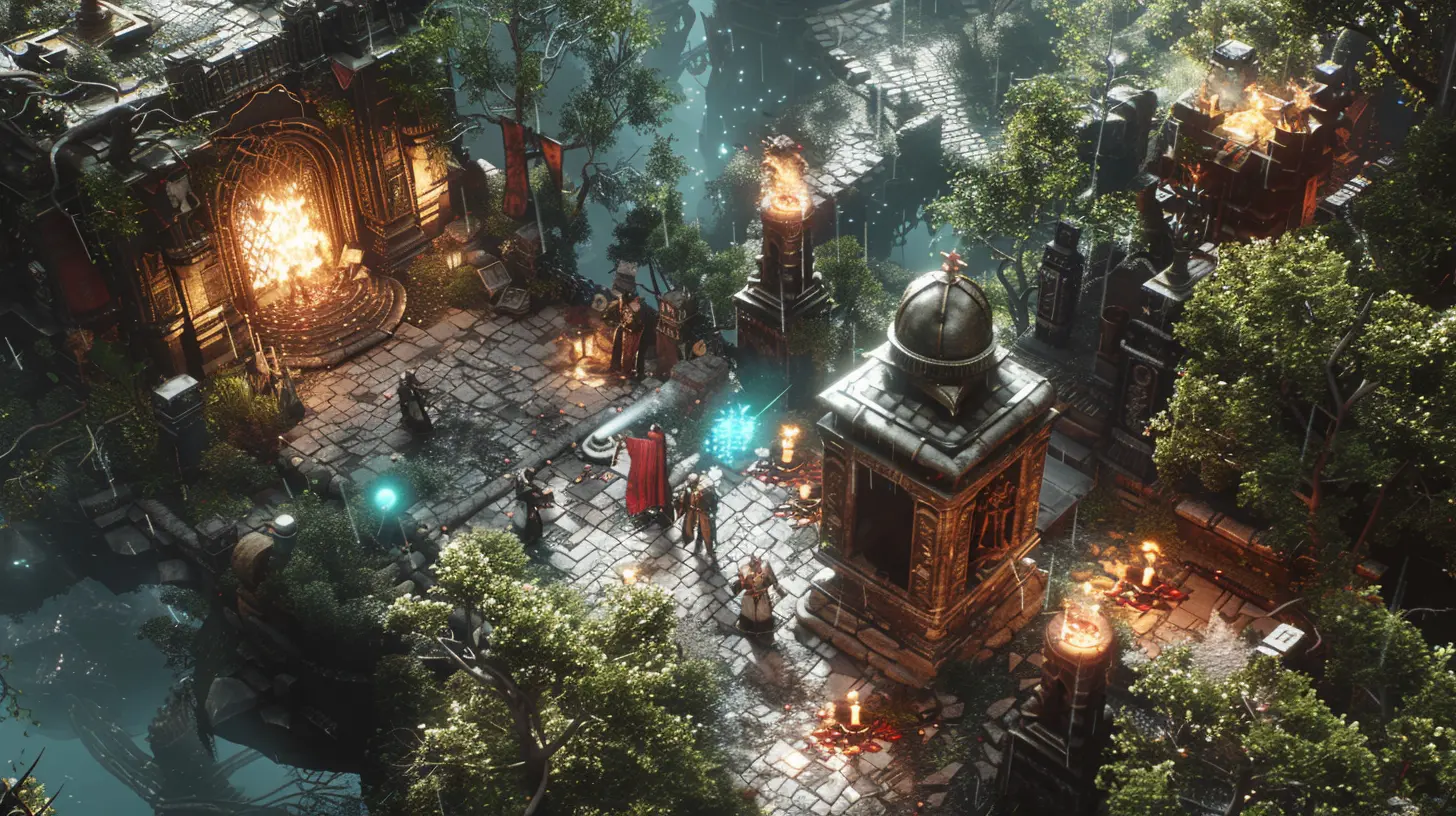
The Technological Edge: Precision, Surveillance, and Control
Now, enter technology. Unlike magic, tech often feels cold, calculated, and efficient. But that doesn’t mean it’s any less thrilling.1. Surveillance and Oppression
One of the best (and creepiest) uses of tech in games is surveillance. Think about it—being watched without knowing when or where? It’s a powerful tension builder.Games like Observer or Deus Ex crank up tension using futuristic tech that intrudes into privacy and invades the personal space of characters. The very precision of machinery becomes a threat.
2. Drones, AI, and Automation
Drones buzzing overhead, AI enemies calculating your every move—sounds stressful, right? That's the point.By creating foes that use tech to adapt, learn, or just relentlessly hunt you down, developers inject a layer of “oh crap, I need to hide” tension. You don’t have time to relax, and your brain stays active.
3. Tech That Fails
Ironically, one of tech’s most tension-building uses is its potential for failure. When your high-tech jetpack shorts out mid-flight, or your laser rifle overheats just as the enemy charges, it’s panic mode.Unreliable technology adds a human touch to otherwise cold machines, reminding players that even the future isn’t safe from Murphy’s Law.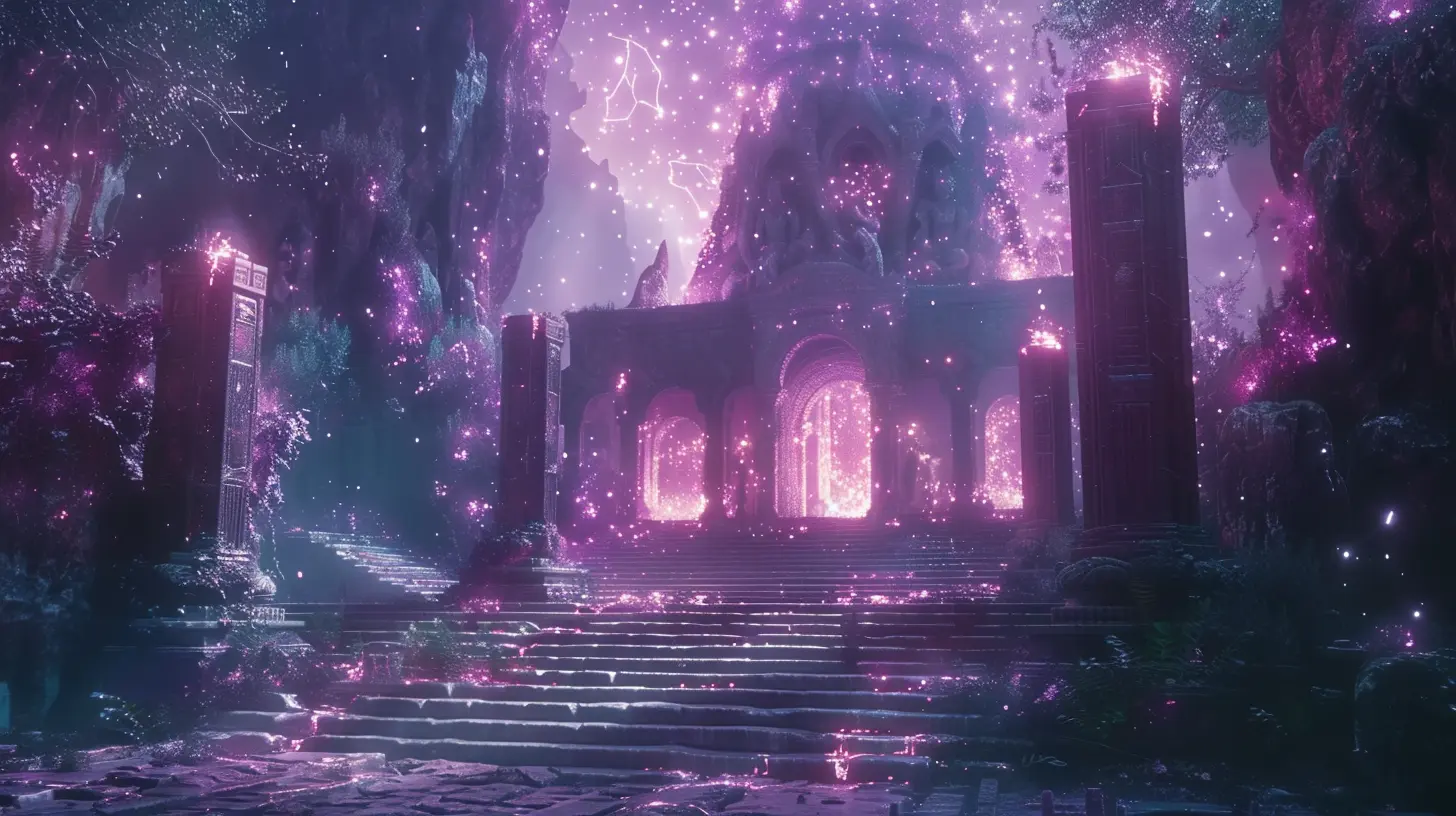
The Magic-Tech Fusion: Building Worlds That Bend Reality
Now here’s where things get spicy—when you combine technology and magic.Mixing the two not only broadens your creative palette, but actually creates new sources of tension. Why? Because these systems don't naturally blend. They fight, they contrast, they overlap in unpredictable ways. And that friction is pure gold for tension.
1. The Clash of Logic vs. Chaos
Technology thrives on rules. Magic laughs at them.Putting these two in a single world—whether it’s a futuristic society using magic as an energy source or a medieval one discovering ancient tech—creates a fundamental tension in worldview.
This conflict can bleed into story, gameplay mechanics, and even the design of environments. It forces players to confront paradoxes, like a scientist trying to decode a spellbook or a wizard hacking a machine.
2. Gameplay That Forces Choices
Games that ask players to pick between tech and magic—or balance both—inject tension through decision-making. Do you upgrade your mech suit or your spellbook? Do you trust in data, or follow gut instinct and arcane visions?By giving each path strengths and weaknesses, developers make every choice feel stressful, impactful, and exciting.
3. Hybrid Enemies and Factions
Enemies that wield both magic and tech are wildcards. Imagine a cyborg necromancer—both logically strategic and unpredictably mystical. Players never quite know what these foes will do next, keeping every encounter fresh and intense.Or think about factions: one embracing pure technology, another magic, and a third trying to combine them. These dynamics create world-spanning ideological battles that enhance narrative tension.
Case Studies: Games That Nail This Blend
Let’s look at a few games that have masterfully used magic and technology to create immersive and tense worlds.Dishonored Series
Set in a steampunk world drenched in dark magic, Dishonored blends mechanical guards with occult powers. The result? Players are always on their toes—one wrong move, and they’re spotted by a tech sentinel or cursed by a vengeful spirit.Destiny Series
Destiny mixes sci-fi tech with deep-rooted mysticism. Players use both futuristic rifles and mysterious “Light” powers. The uncertainty of ancient alien magic meets high-tech warfare—tension is baked into every raid and mission.Control
Control turns the mundane into the magical. The Federal Bureau of Control uses technology to contain supernatural phenomena. Weird architecture, unpredictable powers, and red-glowing tech anomalies make the whole game feel like a tension-filled trip through a haunted government facility.Creating Player-Driven Tension
What’s the cherry on top? Letting players create their own tension. That’s where real magic (and clever tech design) comes in.Risk vs. Reward Systems
When you give players tools that are powerful but risky—like a magic-tech hybrid weapon that can backfire—you're handing them responsibility. Every choice becomes a gamble, every success feels earned.Limited Resources
A game where mana and ammo are scarce makes players think twice. Toss in enemies that counter magic but are weak against tech (and vice versa), and you have a constant game of cat and mouse.Player Morality and Impact
Letting players ally with a magical rebellion or a tech regime adds moral weight. Their choices change the world. Maybe magic use corrupts cities; maybe tech advancement causes environmental decay. Whatever the case, the tension isn’t just external—it’s internal.Wrapping It All Up
So, when we ask how technology and magic build tension in game worlds, the real answer is: by challenging players to think, feel, and decide. The tension comes from contrast, unpredictability, scarcity, and consequences.Done right, the blend of arcane chaos and technological order creates worlds that feel alive—worlds that scare us, thrill us, and keep us coming back for more.
Magic is the fire, technology is the wire—and when they spark together? You’ve got a game world that truly ignites.
all images in this post were generated using AI tools
Category:
World BuildingAuthor:

Audrey McGhee
Discussion
rate this article
3 comments
Cadence McLain
Oh sure, because nothing screams “immersive experience” like a wizard coding spells with a laptop. What’s next, dragons using Wi-Fi?
June 18, 2025 at 2:49 AM

Audrey McGhee
Absolutely! Blending tech with magic creates unique tension and surprises, making the experience even more engaging. Who knows what innovation awaits?
Declan McFarlane
Embrace the chaos! Merging technology with magic electrifies gameplay, creating tension that keeps players on edge!
June 16, 2025 at 5:18 AM

Audrey McGhee
Absolutely! The blend of technology and magic not only enhances immersion but also fuels unpredictability, making every moment thrilling for players.
Mia McKee
This article beautifully highlights the delicate balance between technology and magic in games. It’s fascinating how both elements can enhance tension and elevate the overall player experience.
June 15, 2025 at 3:09 AM

Audrey McGhee
Thank you! I’m glad you found the interplay of technology and magic captivating; it's a fascinating dynamic that truly enriches gameplay.
